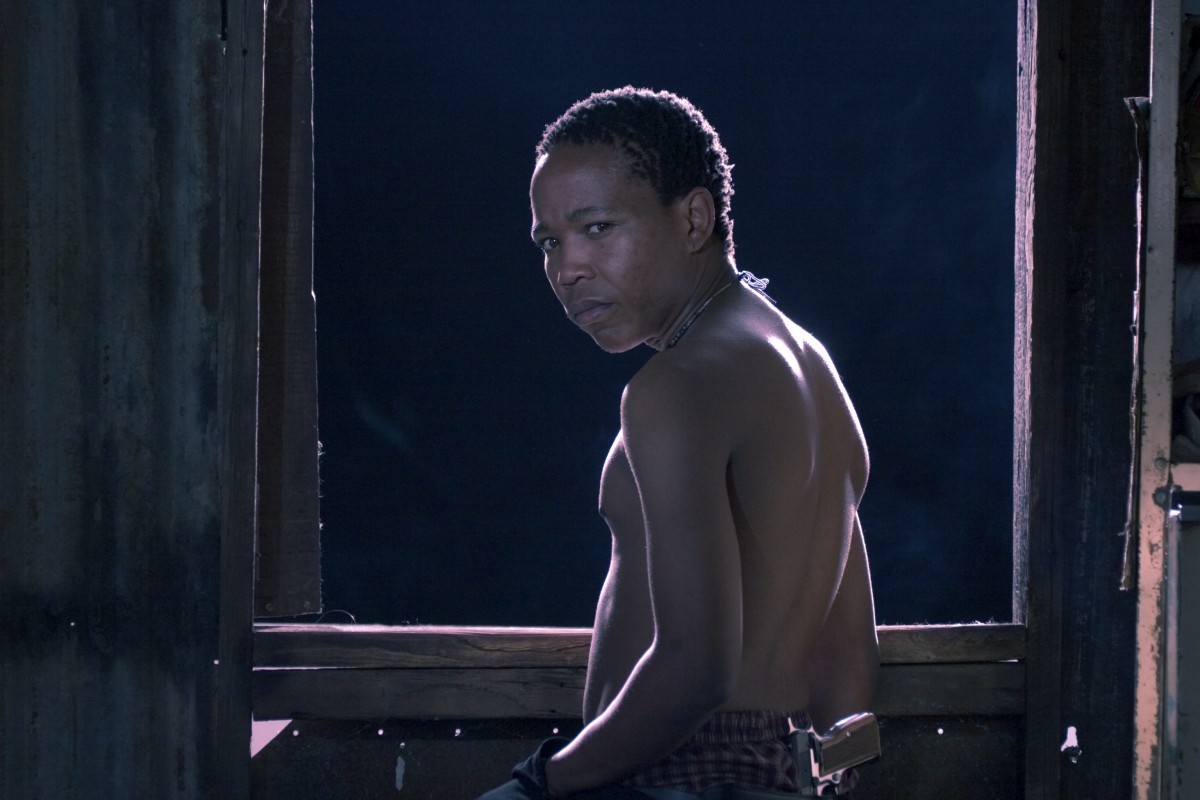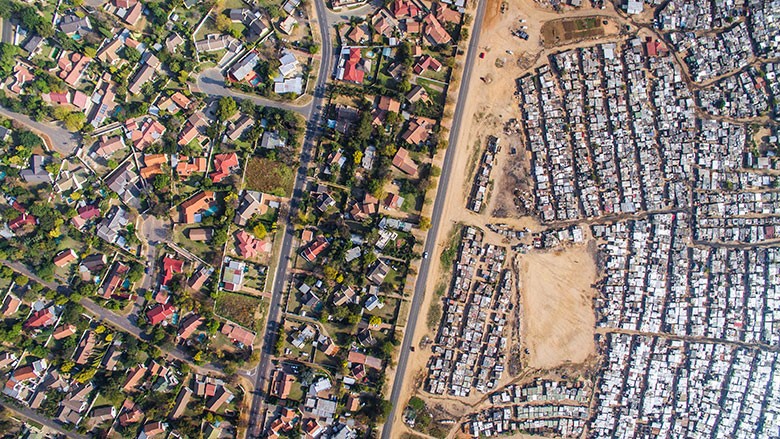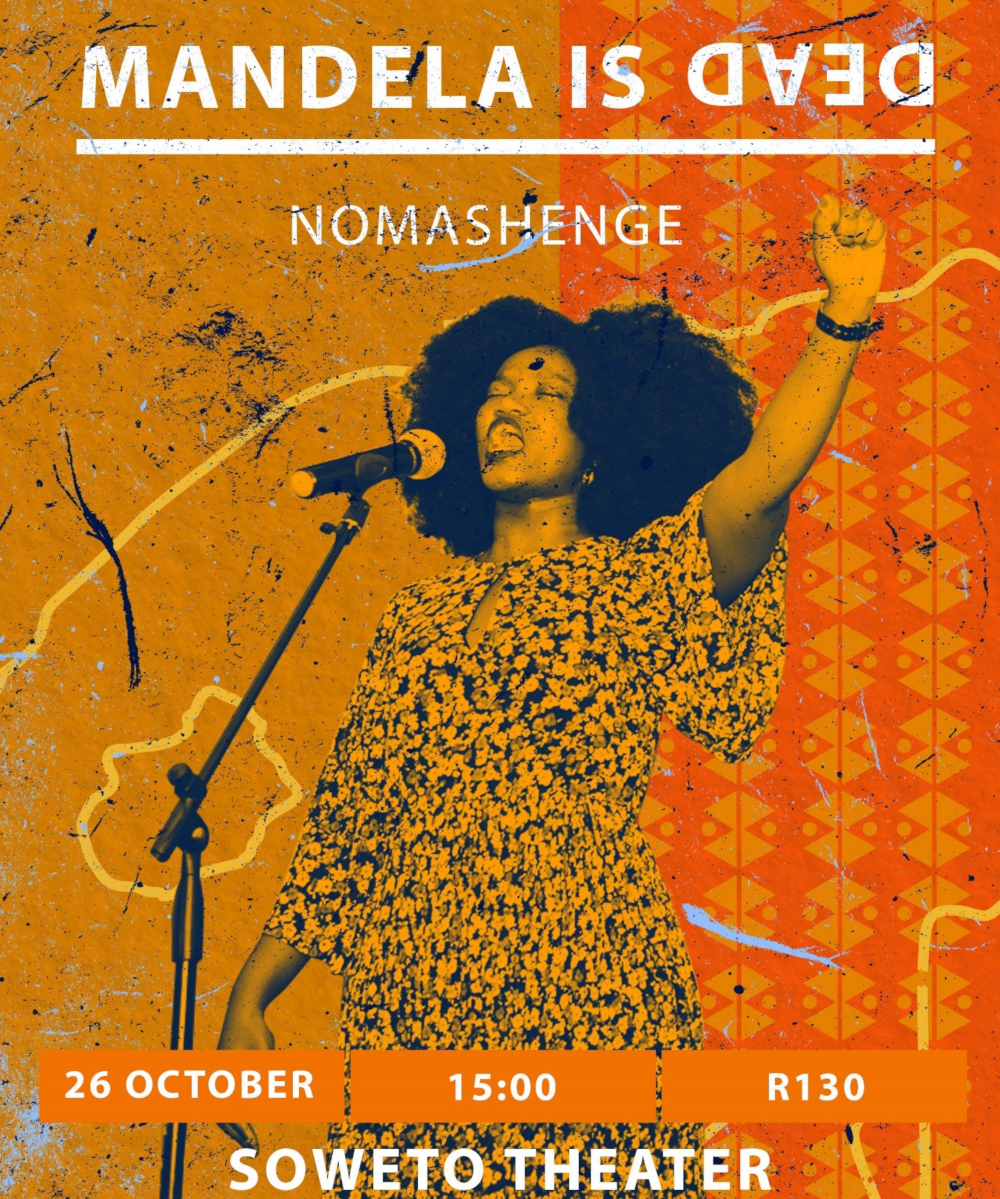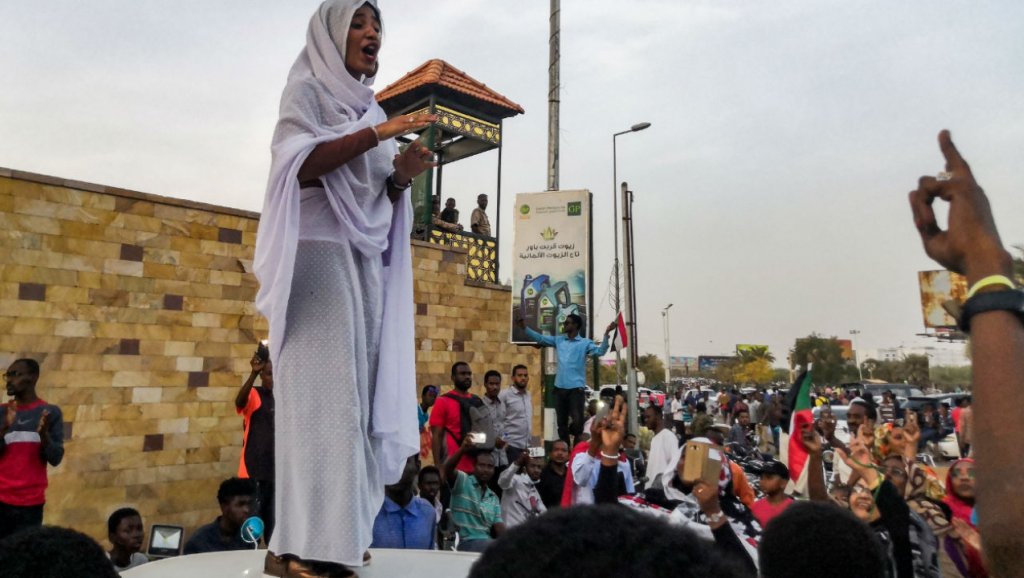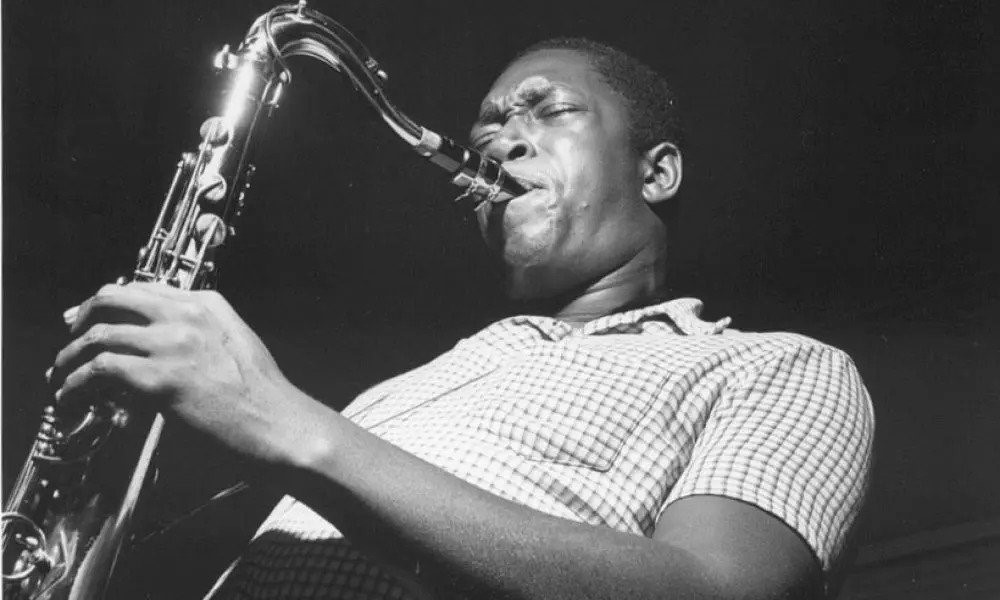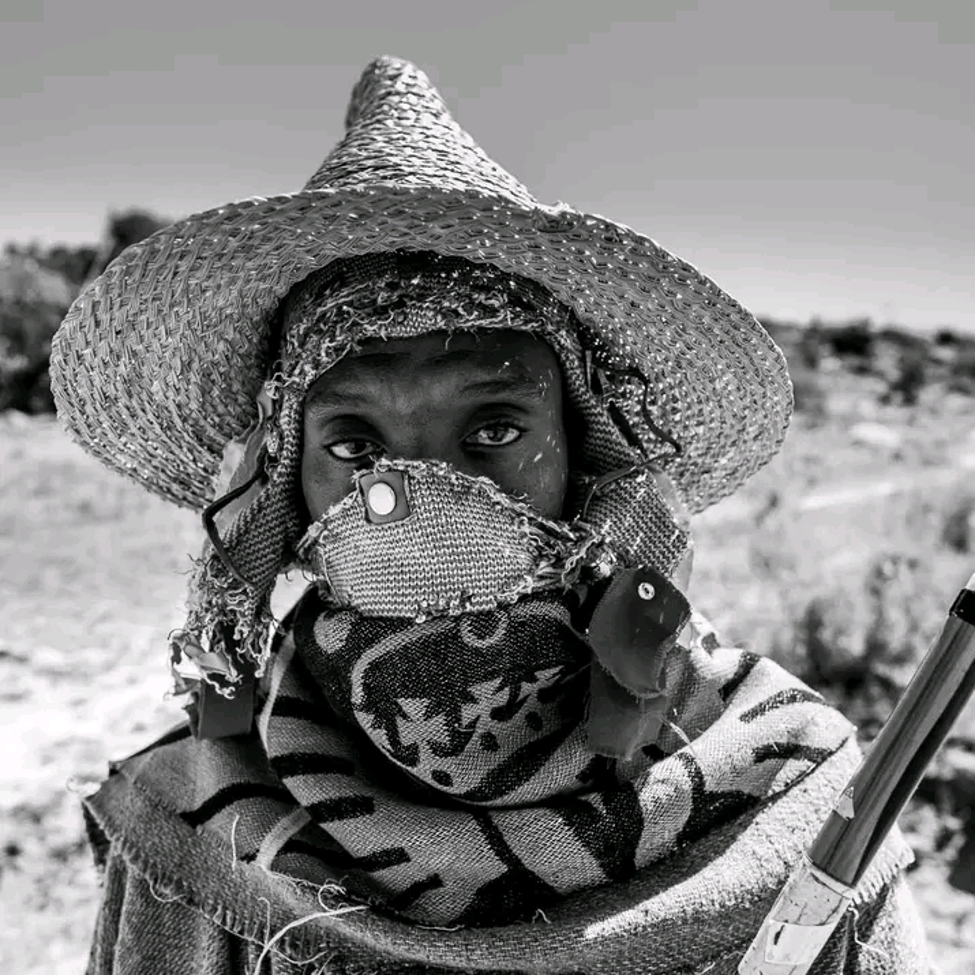One significant outcome of the civilising mission in the early days of European presence in Africa was the development of a new society founded on Christianity, laying the groundwork for the ‘scramble’: colonialism, conquering, and forceful integration into global capitalism. Nigerian academic John A. Njoku states, "During the early years of European colonialism in Africa, a new religion was formed based on Christianity and its accompanying features, including language, customs, and identities.”
This op-ed explores how early missionaries manipulated African languages, traditions, beliefs, and identities in furtherance of the European civilising mission.
The Early Days of Evangelism in South Africa
English missionaries reached South Africa in 1737 with a mandate to penetrate the interior and preceding political authorities. This marked the first large-scale African encounter for Europeans since colonising the Cape in 1652. Not to be outdone, France also dispatched its missionaries not as pastors to the Boers of Huguenot descent but as “founders of a mission among the heathens”.
Missionaries’ arrival negatively impacted African languages and customs. Focused on ‘civilising’ and converting Africans to Christianity, they saw themselves as bringing enlightenment. Learning local languages facilitated their goals: preaching, promoting European superiority, and justifying violence. This power to redesign African societies through education, religion, and language manipulation resulted in lasting, detrimental effects on indigenous cultures.
If diplomacy is an art of war, as per Sun Tzu, then Christianity was a form of violence and continues to play this role to the present. European actions, including Bible translation into African languages, imposed foreign ideologies, impacting self-perception and cultural understanding. The Bible introduced words and lexicons that were foreign, mainly unstructured, and unsuited for the mythology contained in verses and scripts.
Making Christianity more relevant to the people
In ‘Missionary Adaptation in Africa: Historical Reflections on a Contemporary Debate’, Dana Robert argues that early Christian missionaries had to adapt their approach to evangelism to suit the local culture and customs to be effective. This adaptation, explains Effiong Johnson, was necessary to make Christianity more relevant to the people and to help them see the connections between their traditional beliefs and Christian teachings.
A new language was constructed to facilitate preaching, conversion to Christianity, and Western education. Up to 70% of what we now identify as African languages was essentially invented. Consequently, our ancestors would struggle to recognize or understand modern dialects like Zulu or Xhosa due to imposed vocabulary and syntax from early evangelism. Establishing this ‘new’ language involved standardizing or even manipulating one dialect across communities through religious and educational institutions. Without widespread schooling and conversion to Christianity, colonization would have faced fierce and prolonged resistance. Colonial projects, including evangelism, were determined to erase the subcontinent’s rich linguistic heritage.
To understand the role that Christianity, language, and education played in recreating African societies, it is necessary to compare the Christian religion and so-called African belief systems. In the context of civilization, both the Christian religion and so-called African belief systems mean the same thing: they share many similarities, overlaps, and even complementarities through language and form.
The evangelization of Africans involved modifying the language to reflect European concepts and ideas. Among others, they translated the word ‘God’ as ‘Supreme Being’ in African languages that did not have an equivalent term for the Christian God. This may not be comforting to some, but the existence of Nkulunkulu, Modimo, or Zimu is a Western missionary concept that came with Christianity.
The manipulation of African languages and traditions by Europeans during colonialism was not limited to language adaptation but extended to religious beliefs. This God is positioned above ancestors or amadlozi, who are presented as a form of angels to align with Christian beliefs.
Consequently, many facets of the ‘traditional belief system’ were encouraged to flourish under colonialism, potentially making it easier for the Europeans to govern and control natives. Traditional belief systems were allowed to coexist with Christianity for as long as they recognized the elevated position of the Christian God above them.
Manipulation of Traditional Belief Systems To Create New Realities
In my previous article (City Press, 07/05/2023), I explored how traditional beliefs contribute to the white economy through the ‘economics of amadlozi’. Large sums are spent on livestock and fast-moving consumer goods for cultural ceremonies (lobola, weddings, and funerals), and this inadvertently financially benefits white corporations.
Sangomas have also played their part in entrenching this form of cultural genocide and manipulation. They create a parallel to prophets who have powers to ‘see’ the unseen and who can also ‘communicate’ with amadlozi. Amadlozi or badimo are framed in the same mould as angels who link people with the ‘Supreme Being’.
This ‘Supreme Being’ is the highest form of fiction (allegory, insomi) used to trap people in the colonized world to believe in Christianity, mentally and physically. Mind you, these are the same people who were described as having ‘no soul’ and who required extensive ‘civilization’ and ‘Christianization’ to have equal standing as Europeans.
Nonetheless, the conflation of traditional beliefs, Christian doctrines, and practices is rampant in African evangelization. When a person’s spirit is cleansed, dead, or alive, in church or a traditional ceremony, they ‘connect’ or ‘transition’ to another state that is usually unknown to them. The highest state holds a promise of a better life.
What has happened is that this civilizing project does not have an end date; it runs to infinity. These people are often promised ‘heaven’ (amathamsanqa and wealth) that will be delivered via Modimo and or his troops of amadlozi.
People wait in churches or emsamo carrying Bibles or snuff and are prepared to sacrifice cattle, goats, and other animals (umsebenzi) and money (tithes in church). They hope for heaven and good luck to come their way. Meanwhile, those who came to civilize them continually solidified their political positions and strengthened their material conditions.
If Christianity or these belief systems were so noble, then why are the people involved as civilizational objects (lab rats) at the bottom of everything? Religion and belief systems atone for the violence and dispossession that took place.
Again, those who were maimed and robbed of wealth were constantly reminded to “forgive us our trespasses, as we forgive those who trespass against us, and lead us not into temptation, but deliver us from evil”.
Forgiveness is also a path to salvation on the way to heaven. Meaning that those who had accepted God met the oppressors’ violence and barbarism with forgiveness: “Thou shall not kill!” Thus, the ‘Supreme Being’, or the commander-in-chief of ancestors, will someday reward them for their restraint. What most people are not aware of is that the Christianization of Africans was perfected in Latin America, where the Catholic faith was blended with the belief systems of indigenous peoples to create a new form of Christianity. It is no mistake that the Catholic Church claims to have the largest following in places like Mexico and Brazil. Anyone who visits one of the biggest cathedrals in the world located in Mexico City, Catedral Metropolitana de la Asunción de la Santísima Virgen María a los cielos, will realize that the church service is unlike any other. Mexican Catholicism has a patron saint known as the ‘La Virgen de Guadalupe’ (the Virgin of Guadalupe). She is depicted as a darker-skinned version of the Virgin Mary with more indigenous features. In the Mexican practice of Catholicism, the Virgin of Guadalupe, akin to amadlozi and angels, serves the role of the appropriate messenger through the native Aztec language and means for reaching God. The man (Cuauhtlatoatzin) who purportedly saw the Virgin was canonized - Saint Juan Diego - by the Catholic Church in 2002 as the only indigenous saint. European madness in the world continues unhindered, and religion still serves the excellent purpose of old: crippling the mind of the oppressed.
Like in African settings, the role of the Catholic Church in the Spanish brutal colonisation of Latin America’s indigenous peoples in the 16th century remains hidden. Today, one of the largest landowners in Southern Africa is the church, and this raises questions about how Christian institutions acquired so much land under the conditions of oppression and violence. This land was taken from indigenous communities through force, fraud, or coercion. Churches then utilized the land to establish missions and schools, which were often used to further the process of colonization and assimilation. For example, the church contributed to social stratification and classism within African societies, which led to the creation of the black elite or ‘amazemtiti’ in the Natal and Cape colonies.
In this regard, African families were divided between those who converted (amakholwa) and those who held onto traditional beliefs (amaqaba). But that did not mean the latter group was totally out of the civilization mission. For them, amadlozi were infused with Jesus Christ, Abraham, and the disciples, becoming a unified concept. Modimo and his paratroopers of amadlozi are positioned as substitutes or complementaries in a belief system that is neither Christian nor animist. To this day, it is not easy to separate tradition and Christian faith, and the so-called African churches like the ZCC, Shembe, and Amazayoni were an outcome of the experimentation using modified evangelism.
It is important to stress that Christian missionaries initially saw the amadlozi as a form of pagan worship that needed to be eradicated. But, they soon realized that the amadlozi belief system was too deeply entrenched in the culture and that it would be difficult to eliminate it completely. Instead, they decided to co-opt the amadlozi belief system and turn it into a form of Christian worship. They presented the amadlozi as a form of angels to match the Christian belief system, which allowed the amadlozi belief system to continue flourishing under colonialism.
Crossbreedization As An Outcome of African Evangelization
This article maintains that Christian beliefs (angels) have been intertwined with African belief systems (amadlozi) to create a hybridized version that serves the purpose of civilizing and converting the African population.
According to Congolese philosopher Valentin-Yves Mudimbe-Boyi, the result of co-opting indigenous belief systems and traditions is that “African cultures were used to advance the colonial project and the spread of Christianity”. Essentially, the colonizers utilized the very cultures they aimed to destroy to achieve their objectives.
The significance of using fiction or imaginative storytelling is central to the colonized world's political, religious, and economic realities and cannot be understated. In addition to political force and law, this form of fiction served as a powerful instrument of control and authority, utilized to manipulate and shape the beliefs and behaviours of the masses.
New elements in belief systems (and associated imagery) were readily absorbed and innovated. They were eventually considered ‘traditional’ or, at the very least, communally necessary since they offered novel perspectives on perceiving the world.
The interaction between Christian and Hebraic traditions with existing African belief systems in the Natal Colony was complex and multifaceted. Missionaries like Henry Callaway, Samuel Tyler, and John W. Colenso sought to find links between local practices and their own faiths, while figures like A.T. Bryant documented diverse aspects of Zulu traditions, including ancestral reverence and spiritual communication. However, Protestant-Catholic rivalries existed. Protestants feared the arrival of the Catholics, whom they believed would seduce the Zulu with an ‘ostentatious ritual’, baptize them too readily, and incorporate the beliefs of the Zulus, as they did in Latin America.
The impact of Christianity and colonialism on African traditions was profound. As explained earlier, early Christian missionaries in Africa adapted their evangelism to local cultures, creating languages and traditions as needed. Indigenous beliefs were sometimes incorporated to advance colonial goals, despite some being deemed primitive.
A deliberate hybridization of amadlozi and angels to achieve the European civilizing mission means that although the mission church initially aimed to impose its values. Juliette Cécile Leeb-du Toit argues that African societies did not always accept Christianity; they were then transformed into a crossbreed form that incorporated African traditions and beliefs. Leeb-du Toit also adds that this often resulted in “a different cross-cultural amalgam, the latter often to the dismay of the original mission churches”. Therefore, early missionaries used a strategy of paralleling, also known as incarnating or indigenizing, to implant Christianity or a specific sectarian system in Africa by acculturating it to the local beliefs and customs.
As it were to be expected, the suppression of traditional beliefs and practices had a profound impact on African culture and identity. It created a sense of dislocation and loss. People were either forced or manipulated to abandon their beliefs and practices in favour of a superior religion. This religion promised a safe passage to holiness and heaven, the highest desired state. It also created a sense of inferiority since people were made to feel that their traditional beliefs and practices were inferior to Christianity.


